Day of Russian Engineering Troops
Engineering troops - a branch of the army, performing the most complex and dangerous tasks. “Minesweeper makes mistakes only once” - this is about them, about military engineers. The personnel of the engineering troops solve combat missions both in wartime and in peacetime. Demining of the terrain and objects, organization of engineering barriers - minefields, anti-tank ditches, etc., construction of fortifications - trenches, trenches, communication lines, dugouts, preparation and maintenance of ways for the advancement of troops, and many other tasks are solved by engineer troops.
The Russian engineering forces took part in all military conflicts in which our country participated. The combat path of the engineering troops is very large. Many exploits committed by military engineering troops and in the war, and in peacetime. By the way, the engineering troops "fight" in peacetime - they eliminate ammunition, carry out demining, participate in the aftermath of man-made disasters and natural disasters. Special training of personnel and the presence of a variety of specialized equipment in service allow engineering troops to solve a variety of tasks.
As for the holiday date, the day of January 21 was chosen for a professional holiday not by chance. It was 21 in January 1701, Peter I signed the Decree on the establishment of the Pushkarsky Prikaz School in Moscow. As is clear from the name, gunners were to be trained in it, but there they also began training military engineers, specialists in fortification and mine work.
In his decree, Peter I noted:
Already in 1702, graduates of the Pushkarsky Prikaz School left for the first miner units of the Russian army. However, unlike the artillery divisions, the number of engineering forces of the Russian Empire was initially small. In the first twenty years of its existence, troop strength increased only to 12 headquarters officers, 67 chief officers, and 274 conductors.
However, in 1722, engineers were put in the Table of Ranks to a rank higher than infantry and cavalry officers. This was due to the higher requirements that were imposed on military engineers. They were paid more salary, because the status of a military engineer required not only good general military training, but also special knowledge. The military engineer had to constantly improve his professional knowledge and skills and have the proper incentives for this. So the state tried to separate the military engineers from the general army environment. In the same 1722, the post of regimental engineer was introduced in every Russian regiment. Military engineer in the rank of officer was responsible for all engineering work.
As military affairs developed and became more complex, the requirements for training officers and non-commissioned officers of engineering services increased, and the number of engineer troops increased. Military engineers during the XVIII - XIX centuries. participated in the construction of numerous fortresses, various fortifications on the borders of the Russian Empire, in the border areas, major cities. In 1797, a special Pioneer regiment of three-battalion composition was formed. In each battalion of the regiment there were three pioneer and one mine companies. The regiment carried out the tasks of organizing military construction during combat operations and military campaigns, while the use of the regiment was allowed only on the instructions of the commander-in-chief of the army.
This test was for military engineers World War 1812 year. By this time, the empire's engineering forces included the 10 mine and pioneer companies, in addition, they included pontoon companies with artillery units and 14 serf pontoon and mine companies. The structure of such companies included only officers and conductors (non-commissioned officers), and the soldier as a labor force was supplied for the execution of specific tasks by infantry regiments and the local population. Only at the beginning of the war, engineers were able to build 178 bridges, repair 1920 versts of roads, which allowed the Russian army to maneuver effectively.
A few years after the defeat of the Napoleonic army, the engineering service suffered a new reform - the battalions were consolidated into three pioneer brigades, and in 1822, the pontoon companies were transferred to the engineering department. Guards and army cavalry pioneer squadrons were formed. In 1844, all the engineering units of the Russian army were renamed sapper-builders by a special imperial decree.
Separate page in stories Russian engineering troops - the Crimean War 1853-1856, when the Russian army and navy clashed with the superior forces of the major and powerful powers - Britain, France, the Ottoman Empire and the Sardinian kingdom that joined them. By the time the fighting began, the Russian army included the 9 sapper battalion, the 1 training sapper battalion, the 2 reserve battalion, and the 2 equestrian pioneer division.
It was the military engineers under the leadership of Eduard Totleben who built such a defense system of Sevastopol, which allowed for almost a whole year to repel the attacks of the enemy. During the years of the Russian-Turkish war 1877-1878. knowledge of military engineers were also in demand. For example, during the famous battles at Shipka, it was possible to repel the attacks of the Ottoman troops without using artillery and small arms at all. weapons. The secret of success was the use of electrically controlled land mines, who took the Ottoman army in engineering respect to flight.
By the end of the XIX century there was a final clearance of the engineering troops as an independent branch of the military. The engineering troops were never particularly numerous and at that time accounted for 2-2,5% of the total number of the Russian army. However, in addition to the sapper and pontoon parts, they included new specialists. So, it was the military engineers who were assigned the organization of the aeronautical service, pigeon mail, and the military units that were created in 1870 were also part of the engineering troops.
By the early twentieth century, the Corps of Engineers includes at 7 demining brigades (25 battalion), 1 railway brigade, 2 separate railway battalion, 8 pontoon battalions, 6 field engineering parks, 2 siege park, 12 individual companies, 6 fortified military telegraphs and 4 aeronautical park.
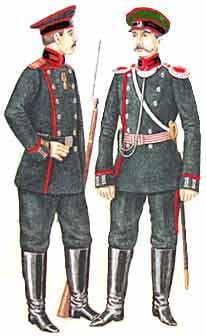
The number of engineer troops was 31 329 people as of 1900 year. In addition, the actual reserve of the engineering troops was the serfs, consisting of 53 serf artillery battalions, 2 serf regiments, 28 individual serf battalions, 10 serf artillery companies, 3 siege fortress battalions and 5 vylazochnyh batteries.
The engineering troops later also included electrical units, automotive units, and the engineering department became responsible for road construction for military purposes. Engineering troops played a very important role during the First World War. The growth of their importance for the armed forces contributed to an increase in the share of engineering units and subunits in the total number of the Russian army. By 1917, the engineering troops accounted for 6% of the total Russian army.
A new page in the history of domestic engineering troops began after the October Revolution. In fact, the Soviet government, using the experience of the old Russian army, began to build the engineering troops of the Red Army anew and achieved tremendous success in accomplishing this task. By 1929, full-time engineering units were created in all branches of the military, which made it possible to increase their combat effectiveness and make them more independent in performing various tasks.
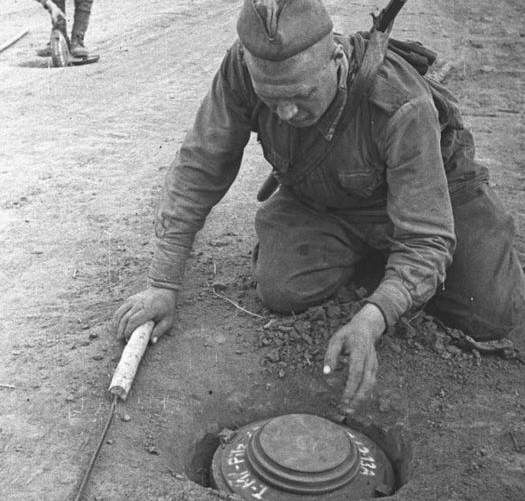 In the Great Patriotic War, the engineering troops showed themselves in the best way, performing the most important tasks on the front line and in the rear. By 1945, the Red Army consisted of 98 engineer-sappers, 11 pontoon-bridge brigades, 7 engineeringtank regiments, 11 pontoon-bridge regiments, 6 flamethrower-tank regiments, 1042 engineers and sappers, 87 pontoon-bridge battalions, 94 separate companies and 28 separate detachments. During the war years, military engineers planted more than 70 million anti-tank and anti-personnel mines, cleared 765 thousand square kilometers of territory and 400 thousand kilometers of track. The engineering troops of the Red Army have erected 11 thousand posts, paved almost 500 thousand kilometers of tracks.
In the Great Patriotic War, the engineering troops showed themselves in the best way, performing the most important tasks on the front line and in the rear. By 1945, the Red Army consisted of 98 engineer-sappers, 11 pontoon-bridge brigades, 7 engineeringtank regiments, 11 pontoon-bridge regiments, 6 flamethrower-tank regiments, 1042 engineers and sappers, 87 pontoon-bridge battalions, 94 separate companies and 28 separate detachments. During the war years, military engineers planted more than 70 million anti-tank and anti-personnel mines, cleared 765 thousand square kilometers of territory and 400 thousand kilometers of track. The engineering troops of the Red Army have erected 11 thousand posts, paved almost 500 thousand kilometers of tracks. Naturally, such a tense and dangerous service, and in fact all these tasks had to be solved under enemy artillery fire, under air strikes, could not be rewarded. More than 100 thousands of soldiers, sergeants, officers and generals who served in the engineering forces of the Red Army were awarded various orders and medals, 655 military engineers were awarded the title Hero of the Soviet Union. It is worth noting such an important fact that the 201 engineering part received Guards status.
The period from 1950-x to the end of 1980-x. became a period of further development and strengthening of the engineering troops of the Soviet Army. Hundreds of thousands of Soviet soldiers served in the units and subunits of the engineering troops. The war ended a long time ago, and military engineers continued to solve combat missions already in peacetime, participating in the demining of cities and towns, in disarming the “gifts of war” - bombs, artillery shells, and other ammunition, which, by the way, are periodically discovered to this day.
Engineering troops, like other branches of the Soviet Army, went through the entire Afghan war. Thus, the 45-th separate engineering and sapper Red Banner, Red Star Regiment orders, other units, formations and units of engineering troops were sent to Afghanistan. Military engineers had to act in unfamiliar terrain, in difficult climatic conditions, under the threat of enemy attacks, but they still coped with the tasks assigned and performed the functions of combat support for OKSVA.
A separate heroic and tragic page in the history of Soviet engineering troops is the Chernobyl disaster. Lieutenant-General Nikolai Georgievich Topilin, who later held the post of deputy chief of the engineering troops for armaments, recalled that it was the engineering troops that turned out to be the most prepared for the actions in the conditions of the Chernobyl disaster, as they underwent special training for actions in the use of weapons of mass destruction. It was military engineers who performed the reconnaissance missions of the facility, then participated in most of the work carried out at the nuclear power plant.
The collapse of the Soviet Union adversely affected the state of the armed forces of the post-Soviet states, and Russia was no exception in this regard. Nevertheless, military engineers participated in armed conflicts in the post-Soviet space, in anti-terrorist operations in the North Caucasus, in various peacekeeping missions.
Today, the engineering troops of the Russian Federation consist of engineering-sapper, engineering, pontoon-bridge brigades, engineering-sapper and engineering-camouflage regiments that include the Tyumen Higher Military Engineering Command School named after Marshal of the Engineering Troops AI Proshlyakov, in which the training of military specialists with higher and secondary education for the needs of the engineering troops of the Armed Forces of the Russian Federation is carried out. Military engineers remain one of the most important types of troops, receive high-quality training.
On the Day of the Engineering Troops, “Military Review” congratulates all the generals, officers, warrant officers, sergeants and soldiers of the engineering troops, cadets, and reserve military personnel who are related to the service in the engineering troops, with a professional holiday. The most important wish is the absence of combat and non-combat losses, and the rest will follow.
- P P 'SЊSЏ RџRѕR "RѕRЅSЃRєRёR№
- ens.mil.ru, www.tv-mig.ru
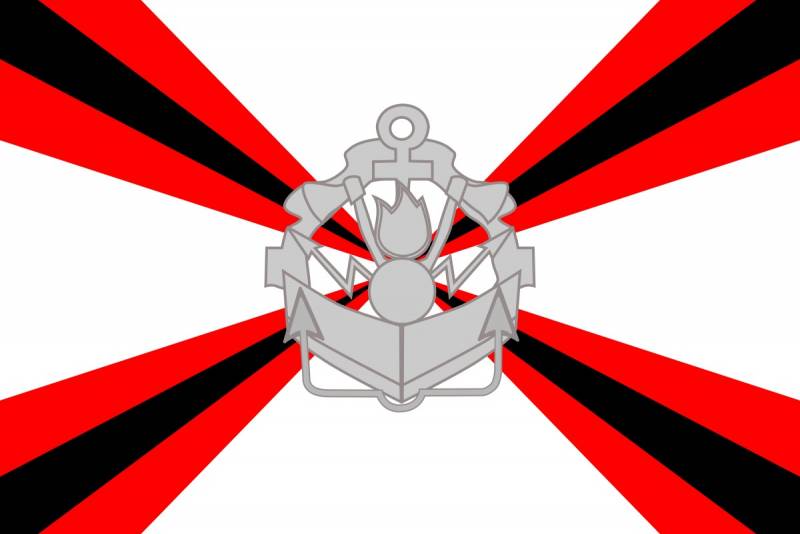
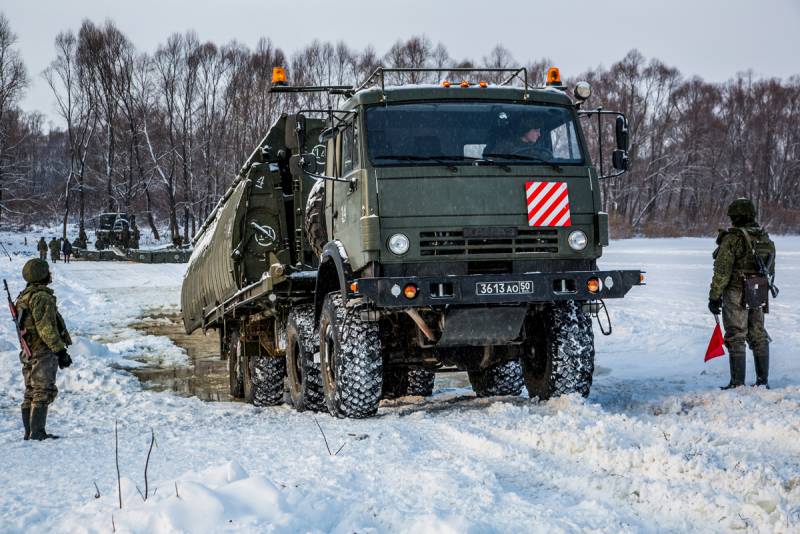
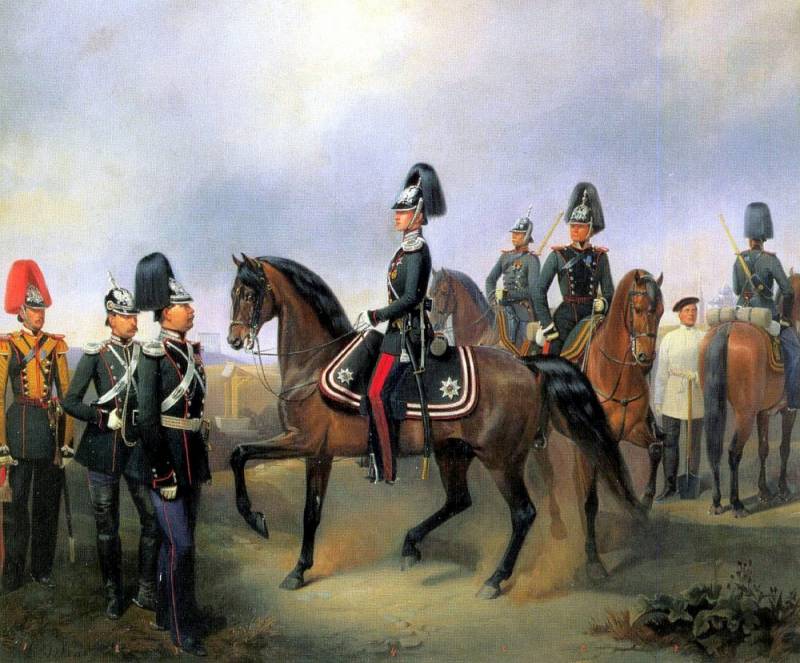
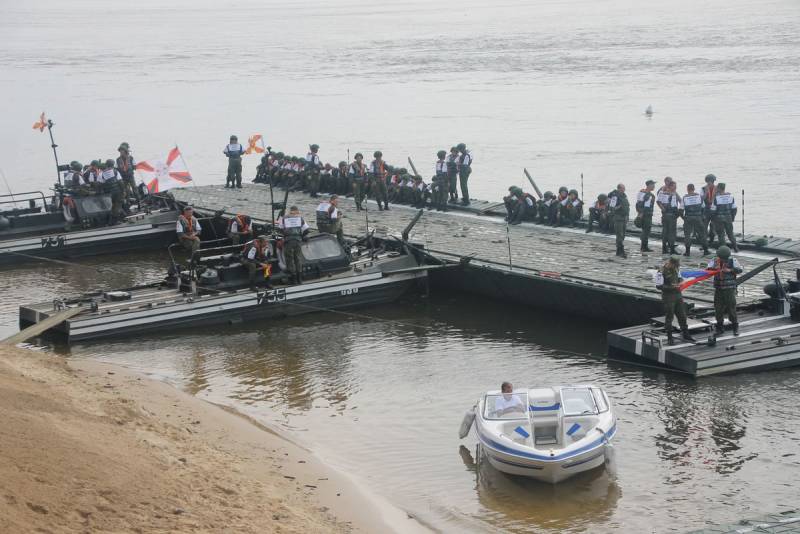
Information